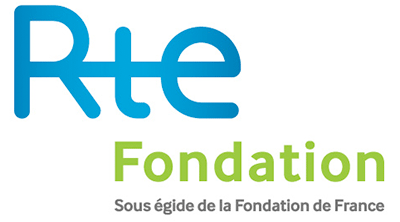

Why the horse
Why work with a horse
Research on equine behavior has shown that horses have extraordinary means to communicate, understand, and to sense, as well as to feel emotions such as pain and fear.
The horse is also able to perceive, to respond to and to learn from minute sensory stimuli. A metabolic or biochemical change, a non-verbal expression or a change in the intonation of the voice of the patient may be enough to trigger a response in the horse.
The horse also reacts to changes in his surroundings. He adapts his behavior according to the messages he receives from his environment.
The perfect partner for the therapist
Each horse is unique. He has a unique temperament; he has his idiosyncrasies, his likes, and dislikes. He reacts to the present moment, and he does so spontaneously. For optimal results in patient treatment, a mental health therapist needs to be highly tuned to the communications from the horse.
The horse movement at a walk mimics the human gait
Another interesting feature of the horse is his three-dimensional way of walking, which closely resembles the human gait. The multi-sensory stimulation that results helps improve neuromotor and sensory functions in the patient.
During a hippotherapy session, the therapists will adjust the movements of the horse as needed so as to best meet the therapeutic objectives, which will have been defined earlier during the initial evaluation of the needs of the patient.
The patient will either mount the horse via a ramp or be lifted onto the horse with the help of a sling lift. The patient will usually sit on the horse without a saddle, just on a rug, so that they are better able to feel the horse’s movements and the warmth emanating from the horse.
The horse therefore has an interest for the therapist specialized in neurological rehabilitation.





















